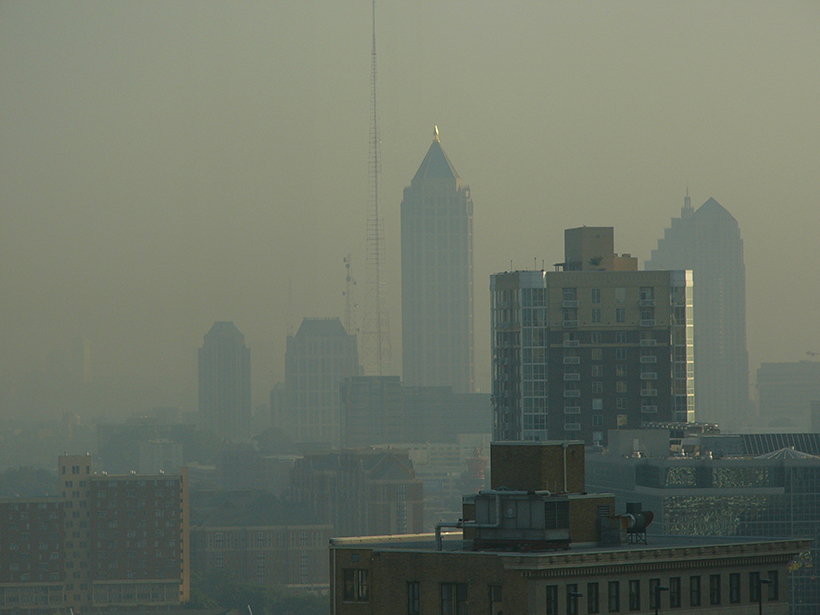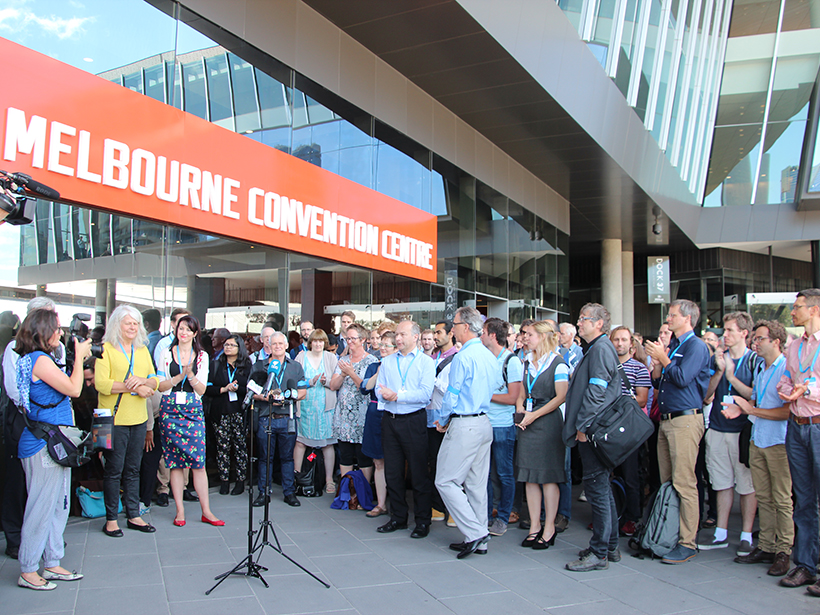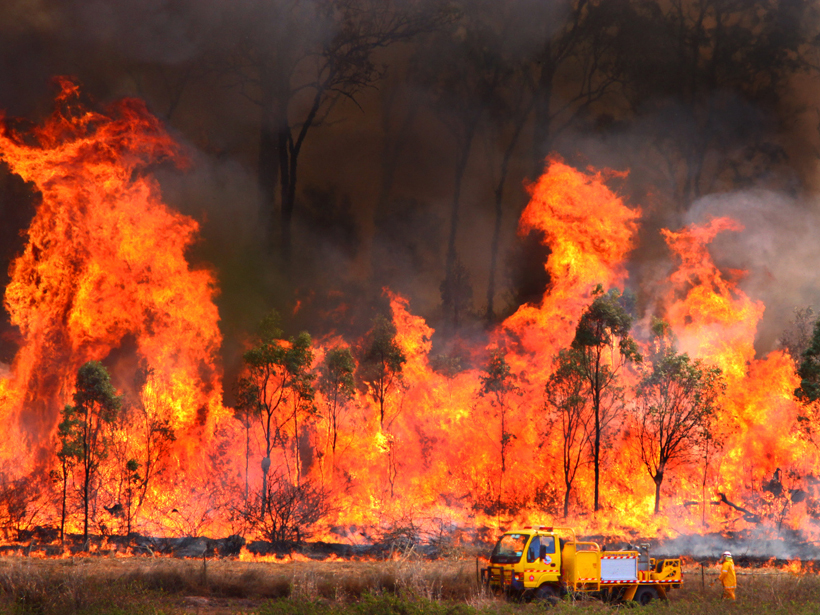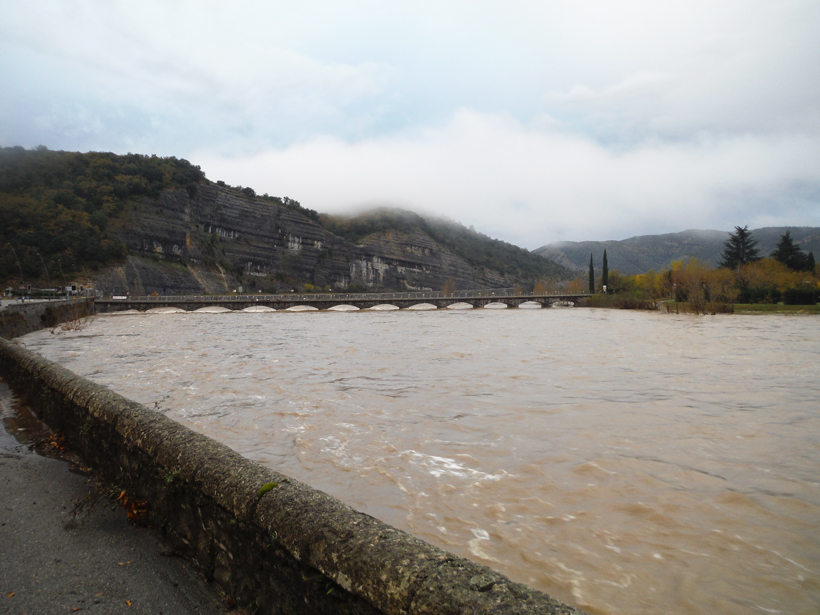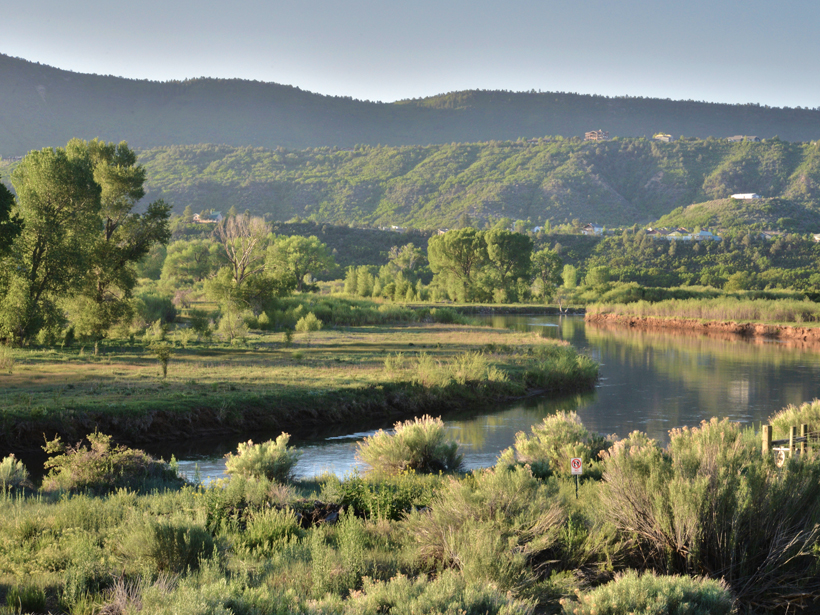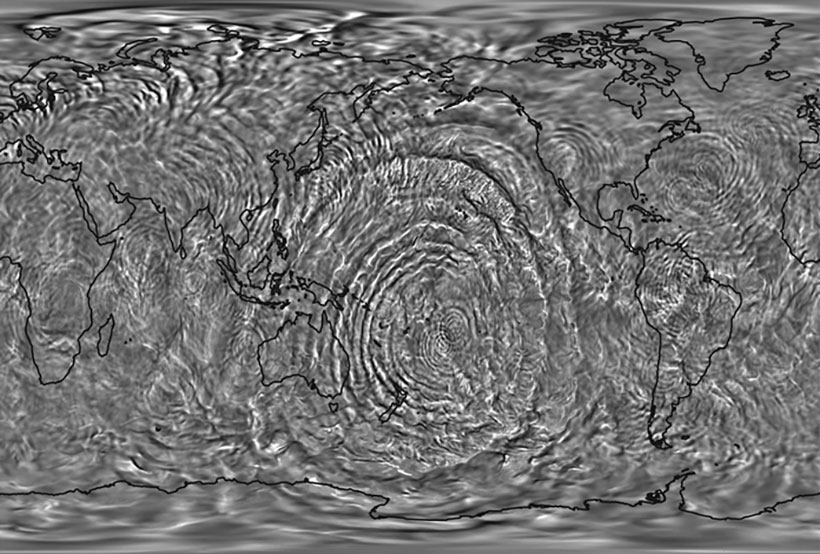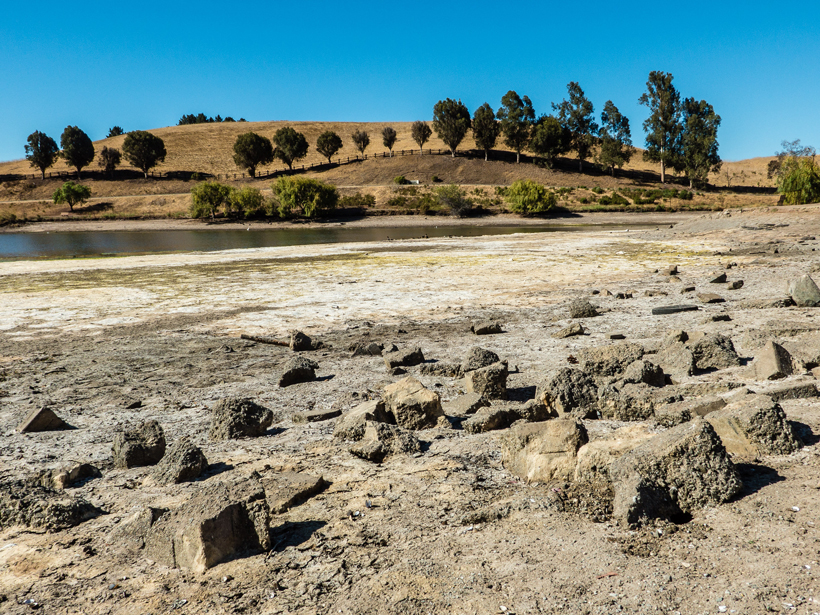A study suggests that known combustion and photochemical sources of nitrous acid, a precursor to ground-level ozone, are enough to explain levels seen in the atmosphere.
P. Kollipara
Scientists Bittersweet as Australia Backtracks on Climate Cuts
Researchers welcome the prime minister's move to force an independent research institute to reverse some job cuts but say that the damage to Australia's scientific reputation can't be reversed.
Chilly Reception for New Australian Climate Science Center
After unveiling major planned cuts to climate science early this year, Australia's main science agency proposes a center to coordinate remaining projects. Many decry the proposal as an empty gesture.
U.S.-Cuba Scientific Cooperation Revs Up
The administration has sought to promote scientific collaboration with Cuba by reducing restrictions on travel and equipment donations and forging research partnerships.
Scientists Denounce Pending Australian Climate Science Cuts
The recently unveiled planned shift from basic climate research toward responses to a transformed climate could cost research jobs, hamper climate studies, and limit data gathering and analysis.
What Climate Information Is Most Useful for Predicting Floods?
Basing forecasts on data that preserve variations over space yield more reliable predictions than using standard numerical measures of climatic cycles' intensity.
Rainfall Fluctuations Hinder Projections of Future Extremes
Long-period oscillations in rainfall make even long records less useful for predicting future extremes.
Inflexibility of Some Hydrological Models Limits Accuracy
Reducing the number of fixed assumptions may improve the accuracy of complex process-based models.
Global Atmospheric Model Simulates Fine Details of Gravity Waves
Whole-atmosphere general circulation model captures many aspects of mesoscale gravity wave structures—down to the tens of kilometers—and resulting temperatures and tides.
When Predicting Drought Risk, Do Not Overlook Temperature
Through analysis of 2014's record dryness in California, a study suggests that a risk of similar droughts depends not just on precipitation but also on temperature.

